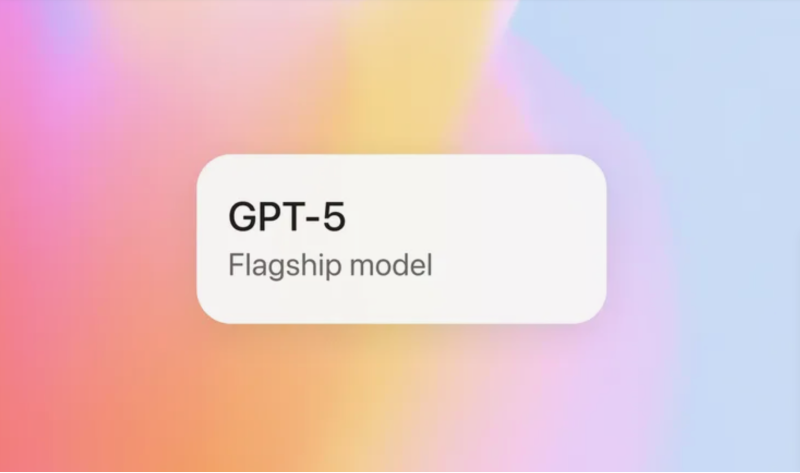GPT-5: The Upgrade That Matters — If You Use It Right

The AI world loves a big launch, and August 2025 brought a big one: GPT-5.
OpenAI’s CEO, Sam Altman, called it a “significant step toward AGI”. Early demos showed it building full-stack apps in minutes, running complex reasoning chains, and holding its own in specialist domains from medicine to finance.
And yet… the first wave of users delivered a more restrained verdict: smarter, yes; game-changing, not quite. Many dubbed it “GPT-4.5 in new clothes”.
This tension — between real capability gains and tempered excitement — is exactly where the business story sits.
What’s Actually New
Beneath the marketing gloss, GPT-5 brings several shifts that matter for work and enterprise use:
- Adaptive “Thinking” Mode – Routes simple tasks to a fast, cheap mode and spins up deeper reasoning for harder ones.
- Coding on Demand – Strongest code generation yet from OpenAI, capable of building functional apps and prototypes from a single brief.
- Larger Context – Handles hundreds of thousands of tokens, enabling deep analysis of full reports, repositories, or knowledge bases.
- Better at Specialist Tasks – Improved accuracy in domains like health, finance, and law; more likely to ask clarifying questions.
- Integrated Multimodality – Reads and reasons over text and images in the same workflow, with more reliable tool use and browsing.
These are iterative gains, but in the right workflows they shift AI from novelty to operational leverage.
Tools Most Users Haven’t Touched Yet
While GPT-5 gets the headlines, Plus users now have access to a broader ChatGPT toolbox — many of which remain underused in business:
- Connectors – Direct integration with Google Drive, SharePoint, and OneDrive to work on live documents and data without manual uploads.
- Deep Research – Multi-step research that returns cited, summarised insights from the Web, and can now search Sharepoint, Google Drive, and your Emails, and other supported systems like Hubspot.
- Agent Mode – Allows GPT to act autonomously across tasks, chaining actions without manual prompting.
- Projects – Persistent, multi-file workspaces to keep context and materials together over time.
- Study and Learn – Structured, guided learning flows for skill-building or onboarding.
For most users — and most businesses — these features are barely explored. Yet they represent a leap from “answering prompts” to integrated workflows.
Why the Market Yawned
We’ve left the shock-and-awe phase of generative AI. GPT-5 still hallucinates, still makes maths errors, and some miss the warmer “personality” of earlier models.
That’s not a failure — it’s the incremental improvement phase. Gains are smaller in headlines, but larger in cumulative business impact.
The Competitive Context
- Google Gemini 2.5 – 1M-token context, native multimodality, deep Workspace and Cloud integration.
- Anthropic Claude – Strong on safety, structure, coding; persistent memory for long-term assistant roles.
In 2025, model-agnostic adoption may be smartest — GPT-5 for reliability, Claude for governance-heavy work, Gemini for real-time data and ecosystem fit.
If You’re a Business Leader…
The wrong question: “Is GPT-5 the AGI moment?”
The right question: “Where could GPT-5’s strengths — faster reasoning, coding, analysis — replace waiting and repetition with speed and scale?”
Starting points:
- Rapid prototyping
- Automated document review
- Personalised customer communication
- Analyst-style decision support (with human verification)
The opportunity isn’t just GPT-5’s core — it’s the combination of the model with its underused toolbox and a Plus or Teams subscription for you and your business users.

